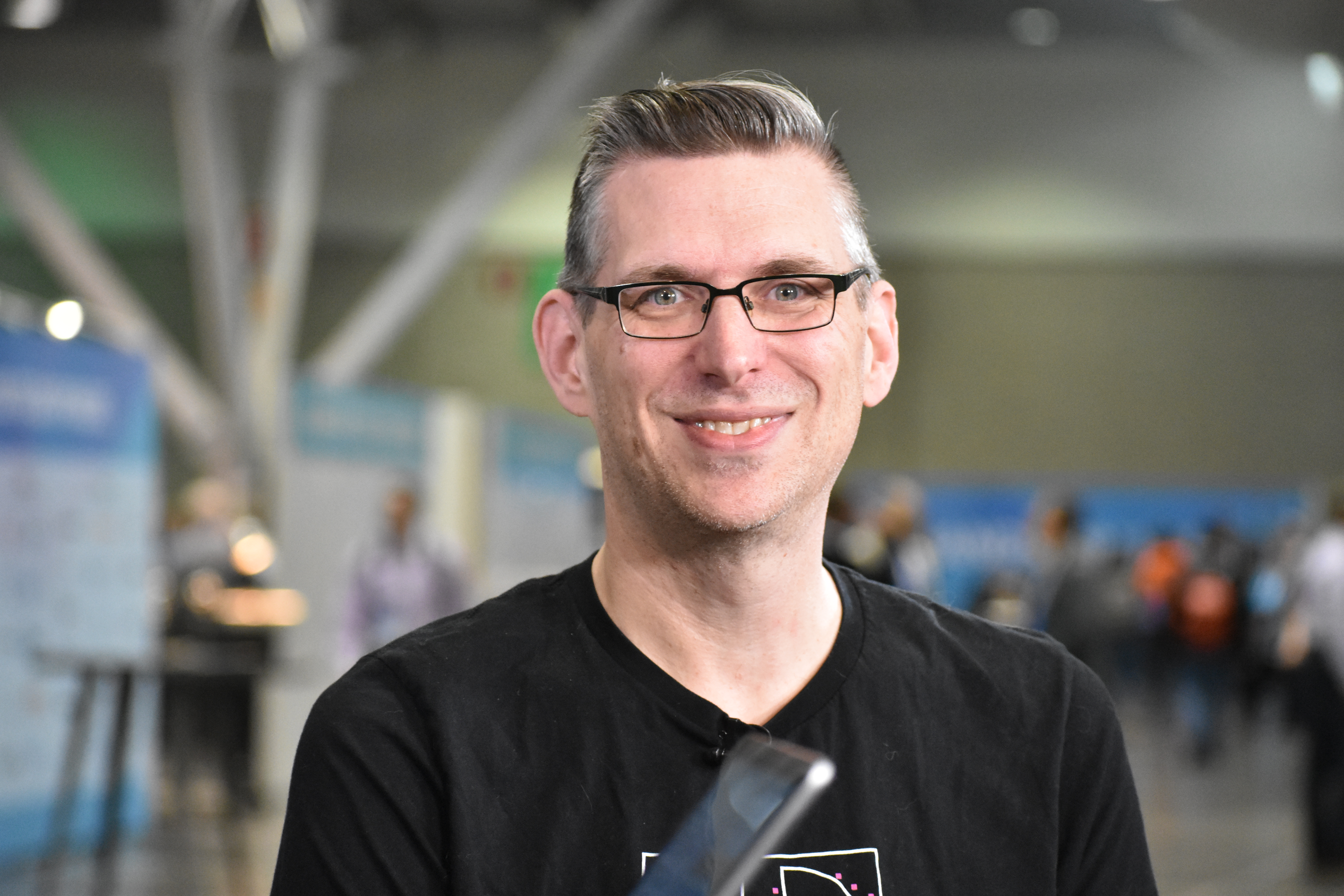 CLOUD
CLOUD
 CLOUD
CLOUD
 CLOUD
CLOUD
While patching software has historically taken up a lot of time for developer operations, given lengthy update processes and random breakdowns, cloud-native computing transitions have been solving some of these problems. And it all comes down to teamwork.
“Patching is the devil,” said Rob Hansen, director of operations at telecommunications provider T-Mobile US Inc. “One of the things we ask ourselves is, ‘Should a DevOps team have to care about patching?’ Why is a developer going to say, ‘Oh, my [operating system] is a version behind. I need to take care of that.’ That’s not useful to the business, right? That takes away time that that developer can be creating new things and adding value.”
Hansen spoke with Stu Miniman (@stu), host of theCUBE, SiliconANGLE Media’s mobile livestreaming studio, during the Cloud Foundry Summit in Boston, Massachusetts. They discussed the challenges and opportunities DevOps, patching, and modern methods of navigate the emerging world of cloud-native computing. (* Disclosure below.)
Wrestling with the historically time-consuming work of software patching is just one thing that T-Mobile has been changing as it’s information technology departments evolve into a DevOps teams centered around cloud-native solutions.
“The main learning that we’ve had is just how important it is to partner together with the hardware people, the developers, and the operations people,” Hansen said. “A lot of people talk about it; they don’t realize how hard it is to do.”
Honesty is crucial to this process, and owning up to the mistakes during a transition is helpful, Hansen pointed out. “There’s a little finger-pointing here and there from time to time, but getting through that — being open, honest, communicative with each other — it just makes the world so much easier and better for us,” he said.
For T-Mobile, the transition to cloud-native is paying off. The company has separated its software of large monoliths into microservices, and that has helped things like patching take less time. “In my space, we did 86-and-a-half percent of our changes in production … right in the middle of the business day,” Hansen concluded.
Watch the complete video interview below, and be sure to check out more of SiliconANGLE’s and theCUBE’s coverage of the Cloud Foundry Summit. (* Disclosure: TheCUBE is a paid media partner for the Cloud Foundry Summit. Neither the Cloud Foundry Foundation, the event sponsor, nor other sponsors have editorial control over content on theCUBE or SiliconANGLE.)
Support our mission to keep content open and free by engaging with theCUBE community. Join theCUBE’s Alumni Trust Network, where technology leaders connect, share intelligence and create opportunities.
Founded by tech visionaries John Furrier and Dave Vellante, SiliconANGLE Media has built a dynamic ecosystem of industry-leading digital media brands that reach 15+ million elite tech professionals. Our new proprietary theCUBE AI Video Cloud is breaking ground in audience interaction, leveraging theCUBEai.com neural network to help technology companies make data-driven decisions and stay at the forefront of industry conversations.